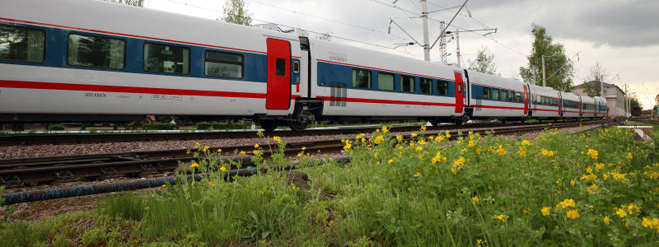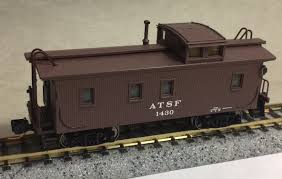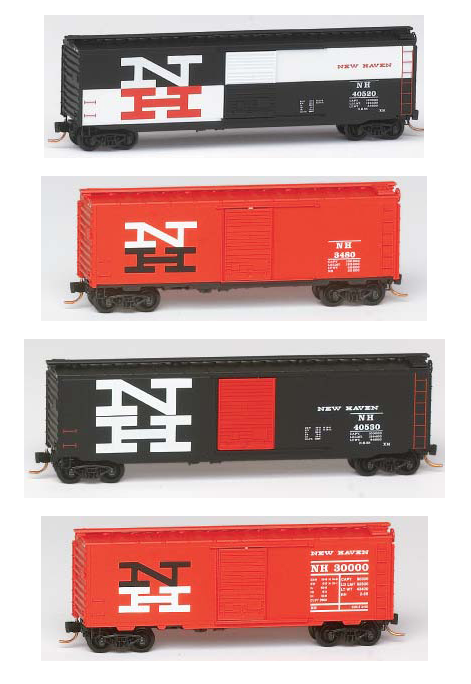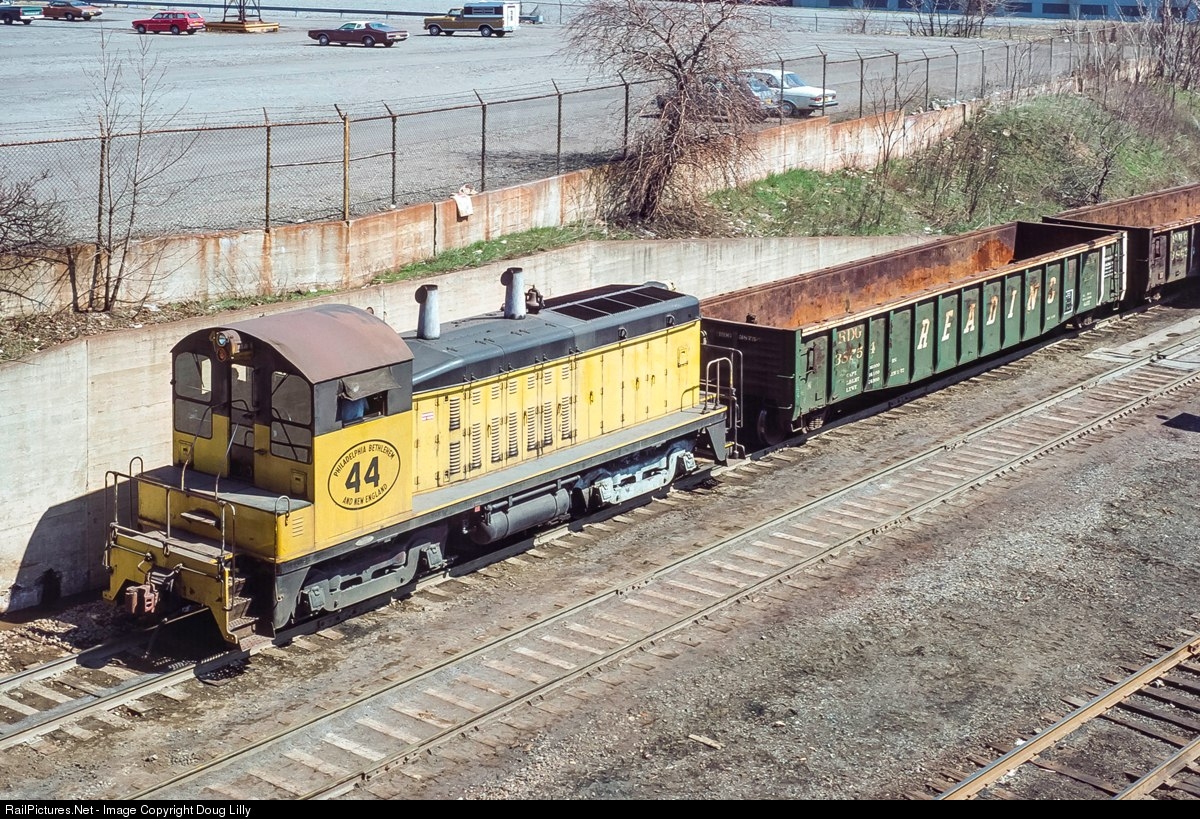History: Talgo trains are best known for their unconventional articulated railway passenger car that uses a type similar to the Jacobs bogie that Talgo patented in 1941, similar to the Robert Stephenson and Company trains. The wheels are mounted in pairs but not joined by an axle and the bogies are shared between coaches rather than underneath individual coaches. This allows a railway car to take a turn at higher speed with less swaying. As the coaches are not mounted directly onto wheel bogies, the coaches are more easily insulated from track noise. Talgo trains fitted with variable gauge axles can change rail gauge - for instance at the 1,668 mm Iberian gauge/1,435 mm standard gauge at the Spanish-French border interchange.
Since the introduction of the Talgo Pendular in 1980, the train tilts naturally inwards on curves, allowing it to run faster on curves without causing discomfort to passengers. The carriage tilting system pivots around the top of the suspension columns, which has the effect of partially cancelling out the effects of the lateral acceleration when cornering.
From Wikipedia
Since the introduction of the Talgo Pendular in 1980, the train tilts naturally inwards on curves, allowing it to run faster on curves without causing discomfort to passengers. The carriage tilting system pivots around the top of the suspension columns, which has the effect of partially cancelling out the effects of the lateral acceleration when cornering.
From Wikipedia
Railroad/Company: Talgo is a Spanish manufacturer of intercity, standard, and high speed passenger trains.
The word Talgo is also used by the rail operator RENFE for a type of inter-city rail service (using Talgo VI cars). Talgo is an acronym for "Tren Articulado Ligero Goicoechea Oriol, Goicoechea-Oriol".
Talgo trains are best known for their unconventional articulated railway passenger car that uses a type similar to the Jacobs bogie that Talgo patented in 1941, similar to the Robert Stephenson and Company trains. The wheels are mounted in pairs but not joined by an axle and the bogies are shared between coaches rather than underneath individual coaches. This allows a railway car to take a turn at higher speed with less swaying. As the coaches are not mounted directly onto wheel bogies, the coaches are more easily insulated from track noise. Talgo trains fitted with variable gauge axles can change rail gauge - for instance at the 1,668 mm Iberian gauge/1,435 mm standard gauge at the Spanish-French border interchange.
From Wikipedia
Talgo trains are best known for their unconventional articulated railway passenger car that uses a type similar to the Jacobs bogie that Talgo patented in 1941, similar to the Robert Stephenson and Company trains. The wheels are mounted in pairs but not joined by an axle and the bogies are shared between coaches rather than underneath individual coaches. This allows a railway car to take a turn at higher speed with less swaying. As the coaches are not mounted directly onto wheel bogies, the coaches are more easily insulated from track noise. Talgo trains fitted with variable gauge axles can change rail gauge - for instance at the 1,668 mm Iberian gauge/1,435 mm standard gauge at the Spanish-French border interchange.
From Wikipedia
Item created by: gdm on 2018-10-19 09:56:42. Last edited by gdm on 2018-10-19 09:56:43
If you see errors or missing data in this entry, please feel free to log in and edit it. Anyone with a Gmail account can log in instantly.
If you see errors or missing data in this entry, please feel free to log in and edit it. Anyone with a Gmail account can log in instantly.








